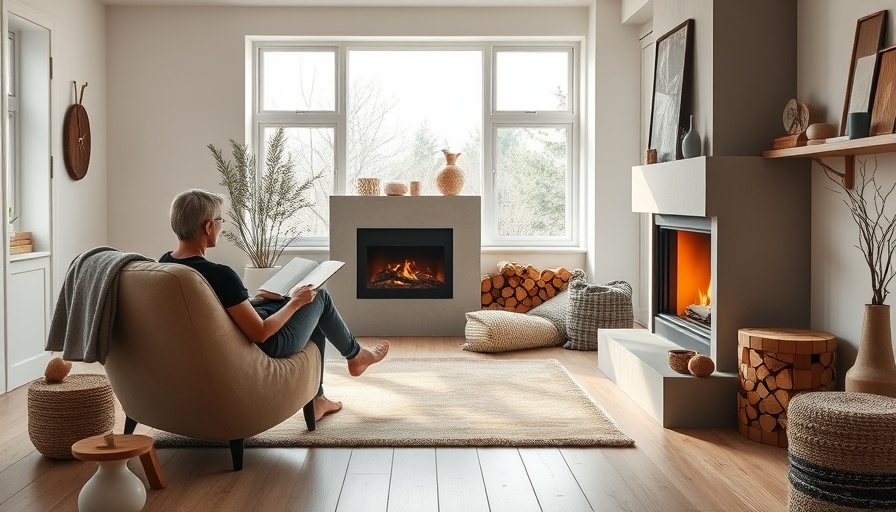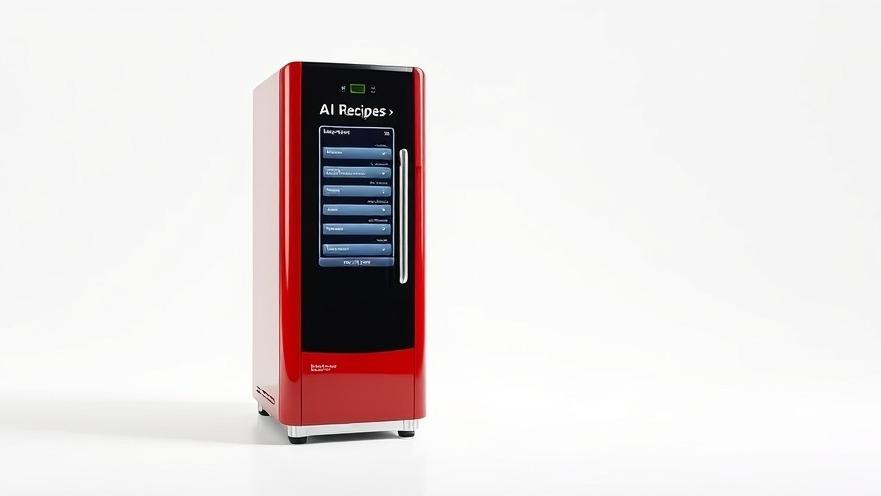
Innovative Design from Metropolitan State University of Denver
The recent projects showcased at the Metropolitan State University of Denver (MSU Denver) illustrate the future of design and ergonomics in our everyday lives. One of the standout creations is a music player specifically designed for easy assembly, emphasizing the growing demand for products that can be constructed quickly and shipped directly to consumers. This innovative approach aligns with current industry trends aimed at improving user experience and meeting the needs of a rapidly evolving marketplace.
The Easy Assembly Music Player: A Closer Look
The music player from MSU Denver’s Industrial Design Department is crafted with the user in mind, encouraging individuals to engage with their products on a personal level. By allowing consumers to assemble the unit themselves, the design not only fosters a sense of accomplishment but also minimizes packaging waste—a vital concern in today's environmentally conscious society. This aligns with the global movement towards sustainability, where reducing the carbon footprint begins with smarter product designs.
Supporting a Connected Lifestyle
In our increasingly isolating world, the importance of social connection cannot be overstated. Products designed to facilitate gatherings and shared experiences—like Ambra, the innovative table lamp created by student Gaven Oliver—exemplify how modern design transcends utility. Crafted to enhance the atmosphere for socializing, such designs highlight the psychological impacts of light and space. As digital nomads seek to create functional remote workspaces, embracing elements that foster human connectivity becomes essential.
Ergonomic Insights: Creating Comfortable Workspaces
As an ergonomics specialist, I recognize that workspace efficiency goes hand in hand with personal comfort. The products emerging from MSU Denver not only boast aesthetic appeal but also prioritize the physical well-being of their users. For example, the Mule electric cargo bike, designed by Alexa Eastep, addresses everyday commuting struggles while ensuring ergonomic considerations are at the forefront. Finding the balance between style and comfort is crucial, especially for those creating remote workspaces that cater to both productivity and health.
Beyond Functional Design: The Future of Workspaces
With the rise of remote work, our expectations for functional design have shifted. Innovative solutions, like the Shapeshifter backpack by Elliot Martin, reshape how we think about carrying weight and its impact on the body. This adaptable product underscores the growing need for designers to consider personal body shapes and ergonomic efficiency during the design phase. As digital nomads continue to redefine the work paradigm, these are the types of products that will facilitate a more dynamic, comfortable, and health-conscious workspace.
Real-World Project Applications
The practical application of designs created at MSU Denver, such as those encouraged by faculty with professional experience and industry partnerships, equips students with the ability to address pressing global design challenges. Projects like Adagio, a media console designed for the next generation of music listeners, demonstrate the integration of technology with ease of use—an important aspect for users looking for versatile, user-friendly solutions.
Conclusion: Taking Action to Enhance Your Workspace
The showcased projects from MSU Denver illustrate a commitment not only to design innovation but also to creating meaningful, impactful user experiences. As digital nomads, integrating ergonomic solutions and promoting social connections through these designs can elevate your workspace and improve overall well-being. Consider exploring more ergonomic principles and how they can be applied to your workspace setup. The shift towards functional, user-centered design is not just a trend; it’s the future of how we work and connect.
 Add Row
Add Row  Add
Add 




Write A Comment